Low-Residency MFA Students Embrace the Nuances in Dual Exhibitions
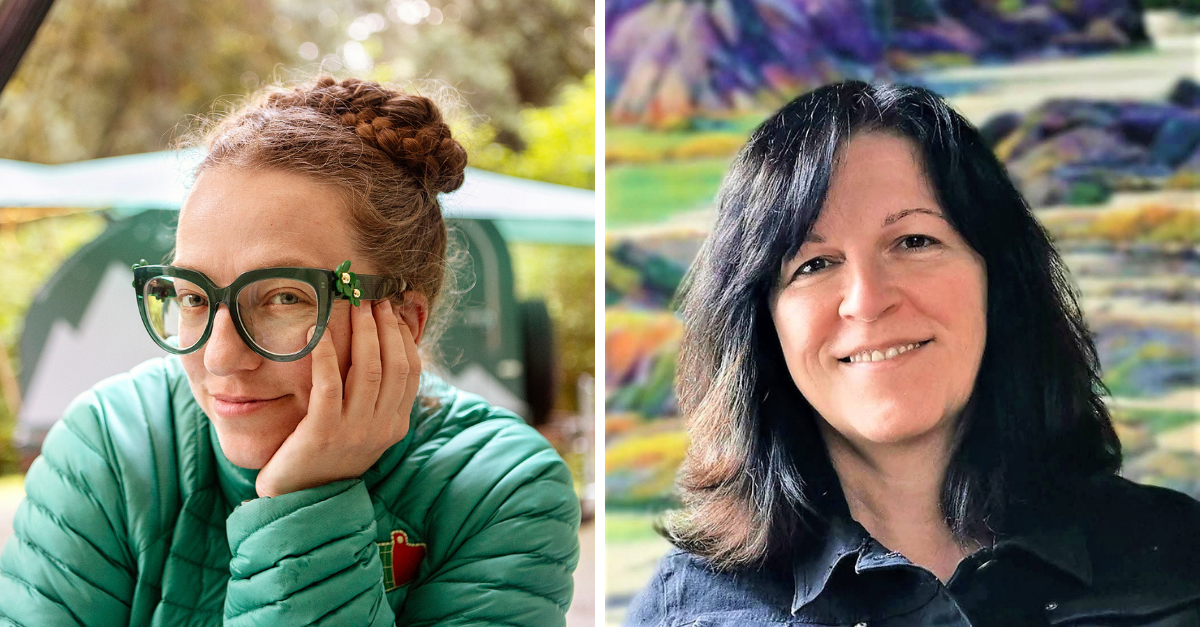
L-R: Julya H. Hajnoczky and Tatjana Mirkov-Popovicki
Posted on | Updated
For the concurrent “State of Practice” and “Fracture Fold Fray” low-residency MFA exhibitions, two students reflect on their creative journeys, the flexibility of the low-residency program and the profound connection between identity and image-making.
Julya H. Hajnoczky (MFA 26)
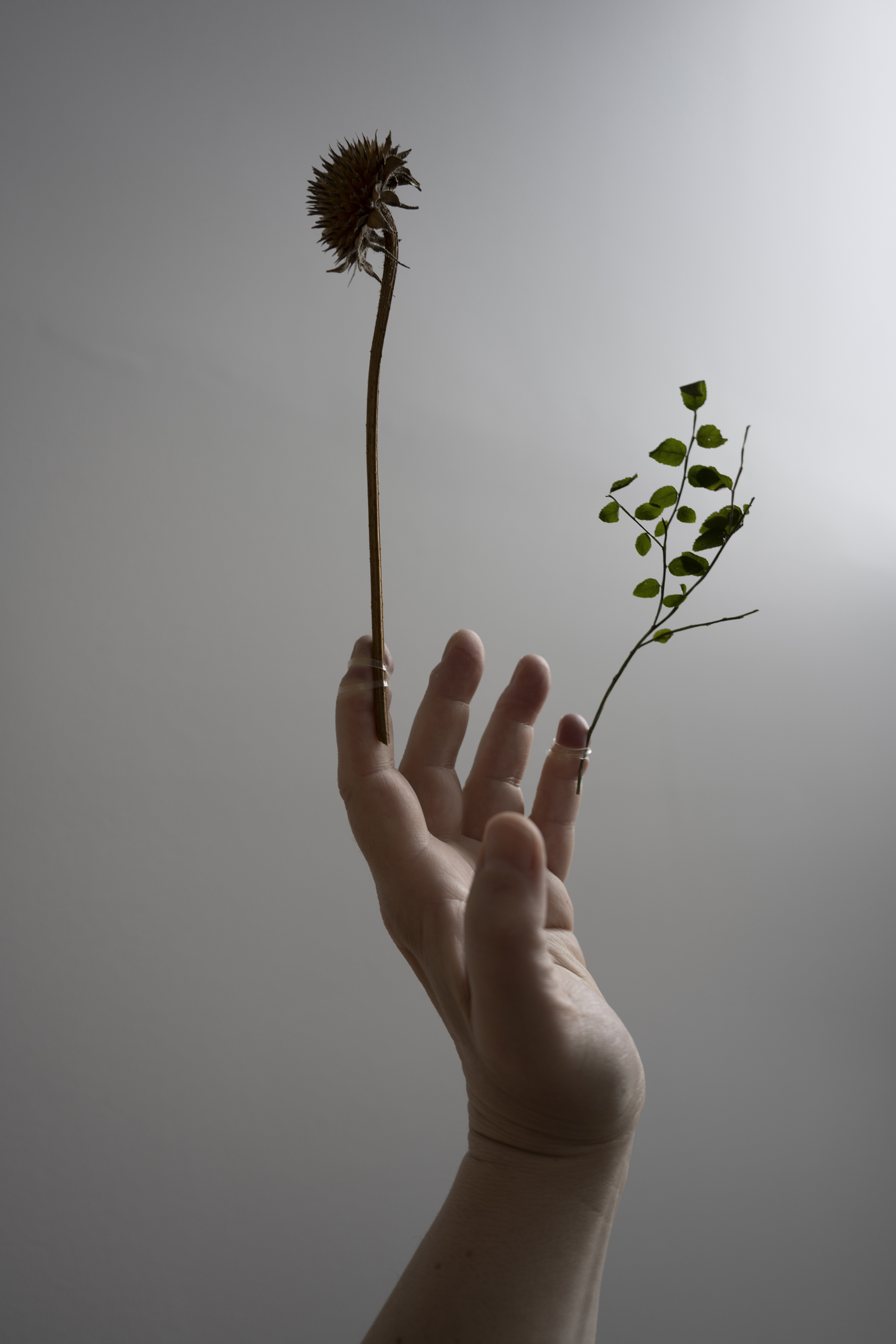
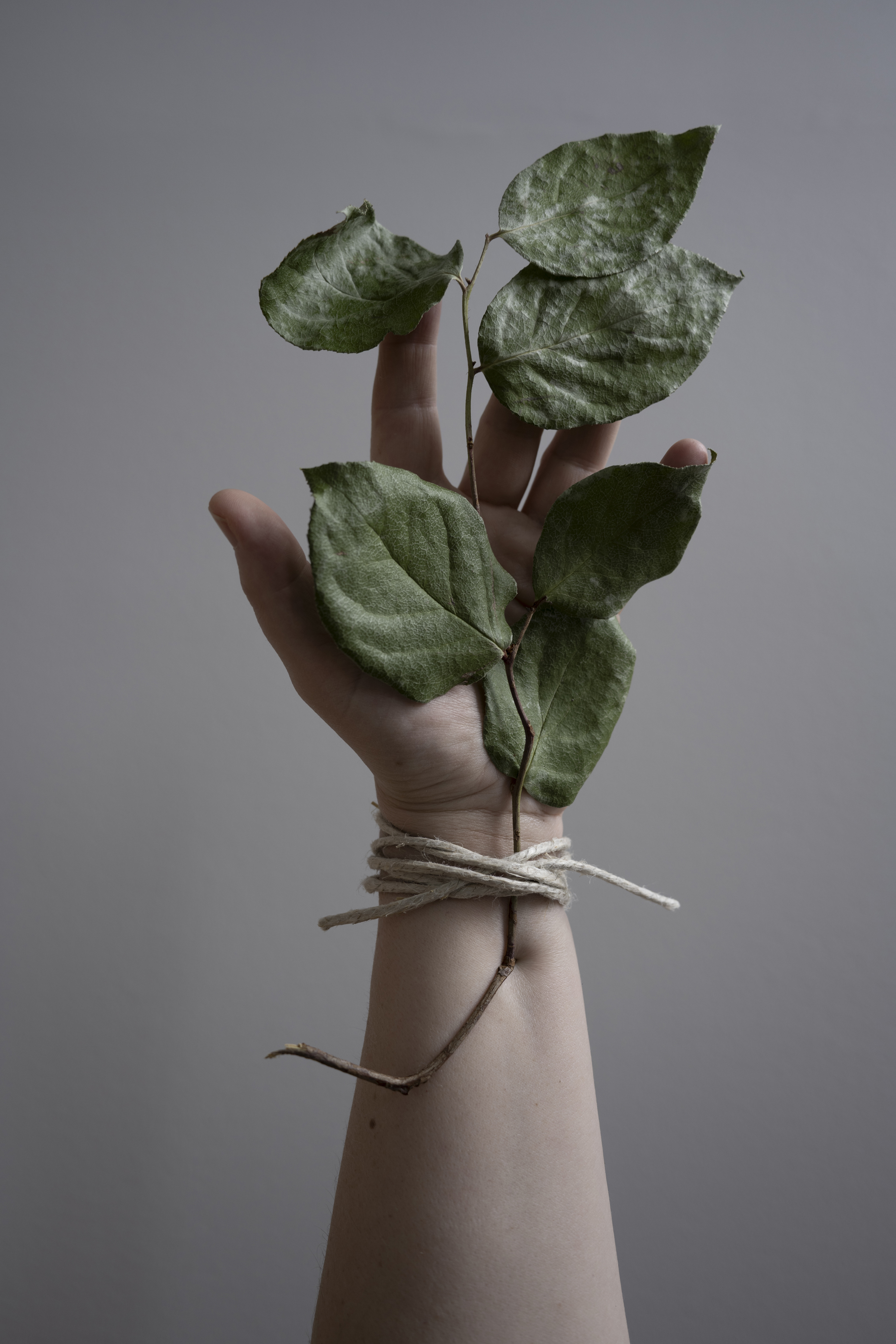
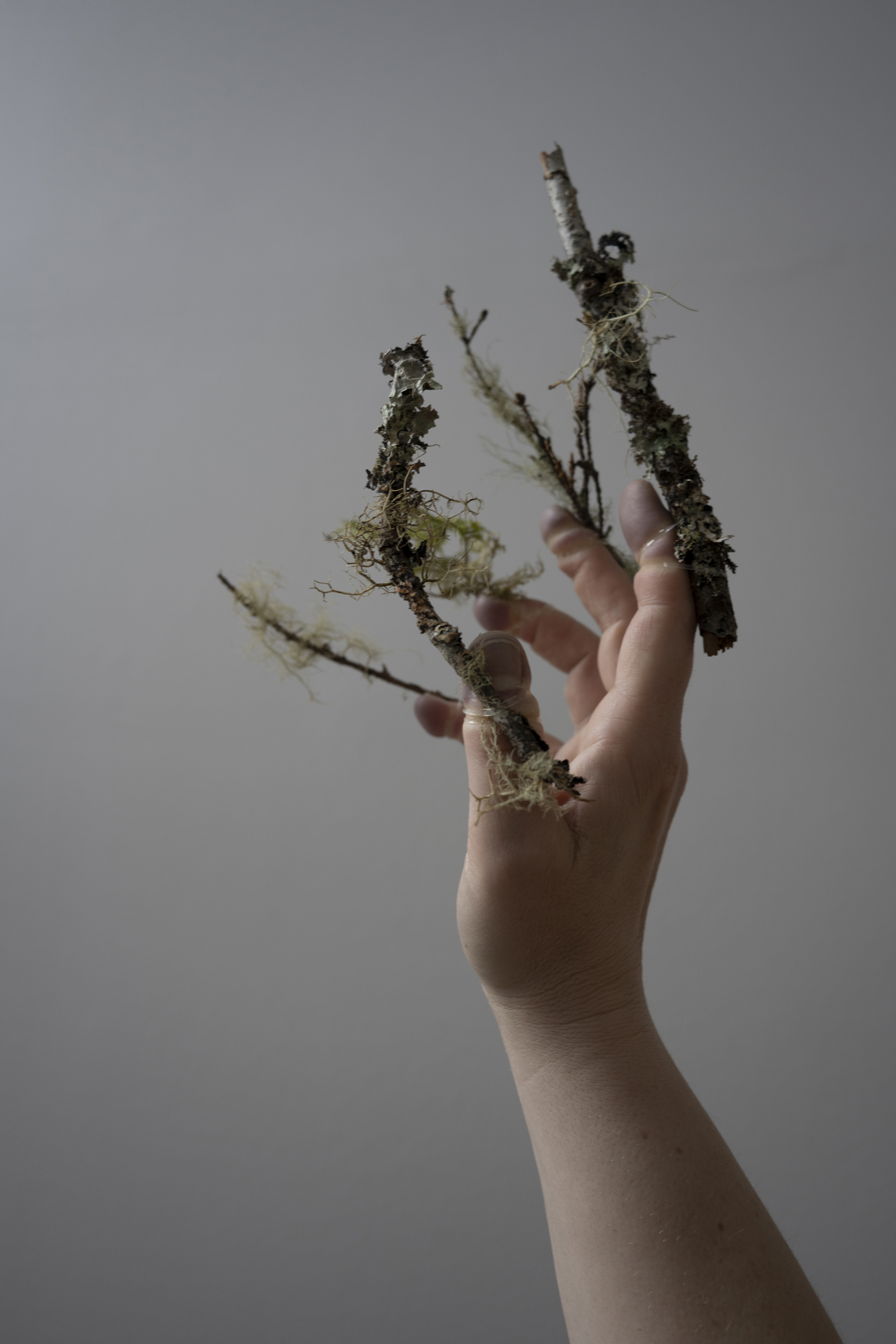
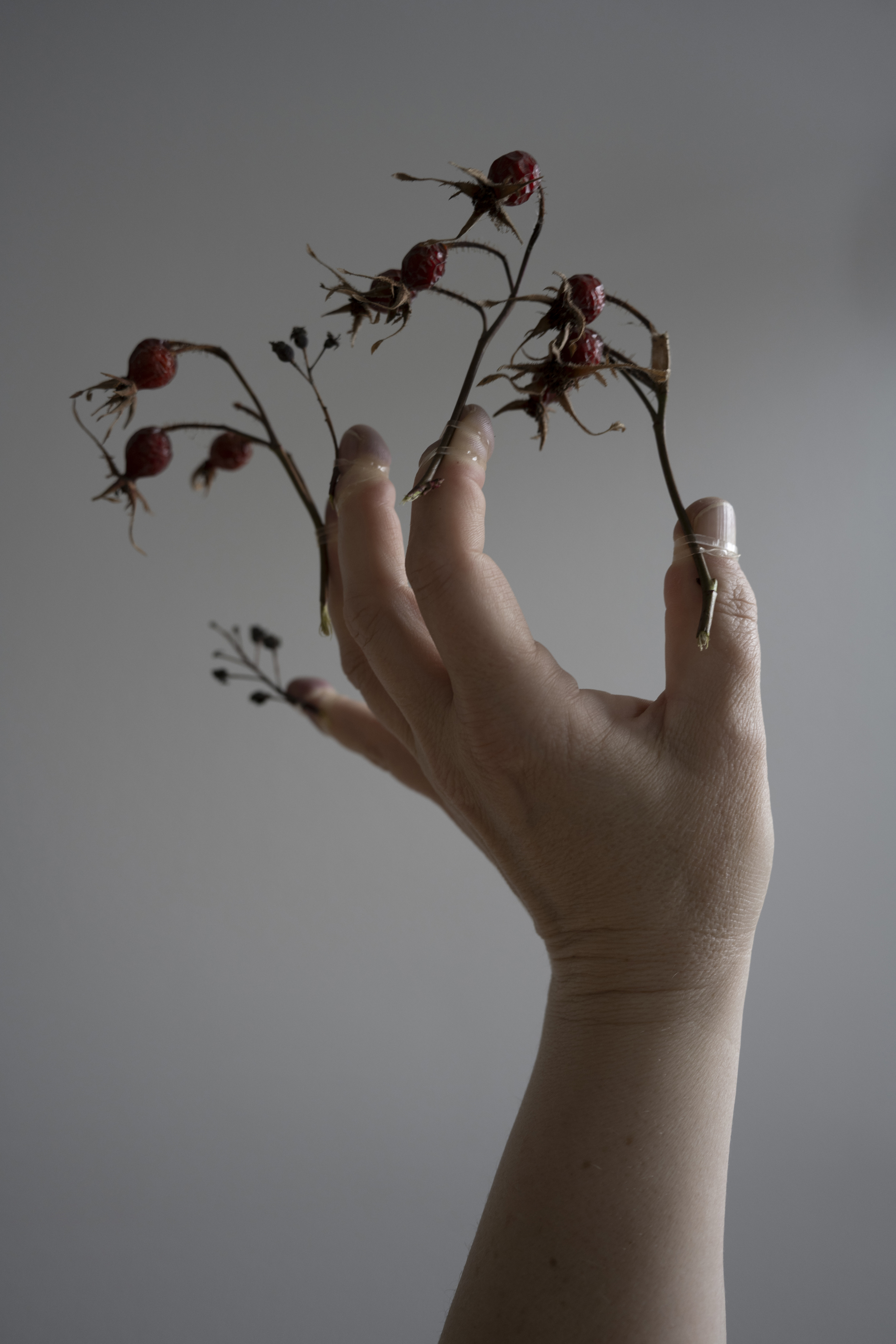
How did you get started as an artist, and was there a specific medium that hooked you in?
Julya: My late father was an artist, and growing up, I was lucky to be exposed to all facets of art and culture. I’ve been making things one way or another since I was little, so I’ve always been an artist. I didn't study art in university straight out of high school and worked in a completely different field. However, I found that I was missing the creative pursuits I had enjoyed so much growing up, but I didn’t decide to pursue art as a career until later in life. I returned to university when I was 30 to do a photography degree. I studied Photography at AUArts and graduated in 2013. Since then, I’ve been working hard to build my artistic practice and career.
How does your interest in nature and ecology influence your work?
I joke that all my favourite people are plants! Growing up, I was inspired by events like the War in the Woods in the 90s on the west coast, where activists and ordinary people all came together to protest and stand up to these huge logging companies and at the time, they managed to successfully prevent them from logging in extremely important old growth forests. It was a time of recycling our pop bottles to make fleece clothing, scientists realizing there was a hole in the ozone layer and everyone rushing to enact policies that fixed the problem! I believed big changes could improve the world, despite some victories feeling hollow later. I’m fascinated by how ecosystems are interconnected and how studying tiny, overlooked creatures can challenge industry-driven exploitation of natural resources.
How did your final pieces emerge for the ‘State of Practice’ show?
When I was at university for my BA, I took an art history class where the professor showed us Bernini’s marble sculpture Apollo and Daphne, carved in the 1600s. That sculpture represents the final moments of this Greek myth, where Daphne, fleeing Apollo's unwanted attention, begs her father to transform her into a tree. Her feet grow roots to the ground, her hands stretch upwards, her fingers sprouting delicate leaves.
In each of my photographs, a hand reaches upward toward the light, with twigs, lichens, berries, and other plant materials attached to the fingers. These works reflect a deep longing to connect with other living beings with whom we don’t share language. The idea is that if humans could somehow live in hybridity with trees, plants, or fungi, it might foster greater empathy for their perspective and inherent value as individuals. During my first year at ECU, I’ve been exploring new ways to pose these questions and express them through my artwork.
How did the flexibility of the low-res MFA program empower you to balance work and life?
I entered the low-res program at Emily Carr University with a well-established art practice and freelance career. It would’ve been difficult for me to pick up and move to another city to study, so staying in my hometown while pursuing my studies without compromising my school of choice has been a huge benefit. I also appreciate that many of my classmates in my cohort are in a similar situation. We all understand the challenges of balancing our studies with our other commitments and are very supportive of each other.
While in the program, how do you feel your work has evolved over the years?
The program has pushed me to get way out of my comfort zone and experiment a lot more with the work that I’m making. All the reading and writing we have done has also changed how I think, speak and write about my practice. I’ve gotten a much better sense of how to contextualize my work, but the biggest change has been in developing a much more nuanced sense of the ethics of the materials I use in my work.
Tatjana Mirkov-Popovicki (MFA 25)
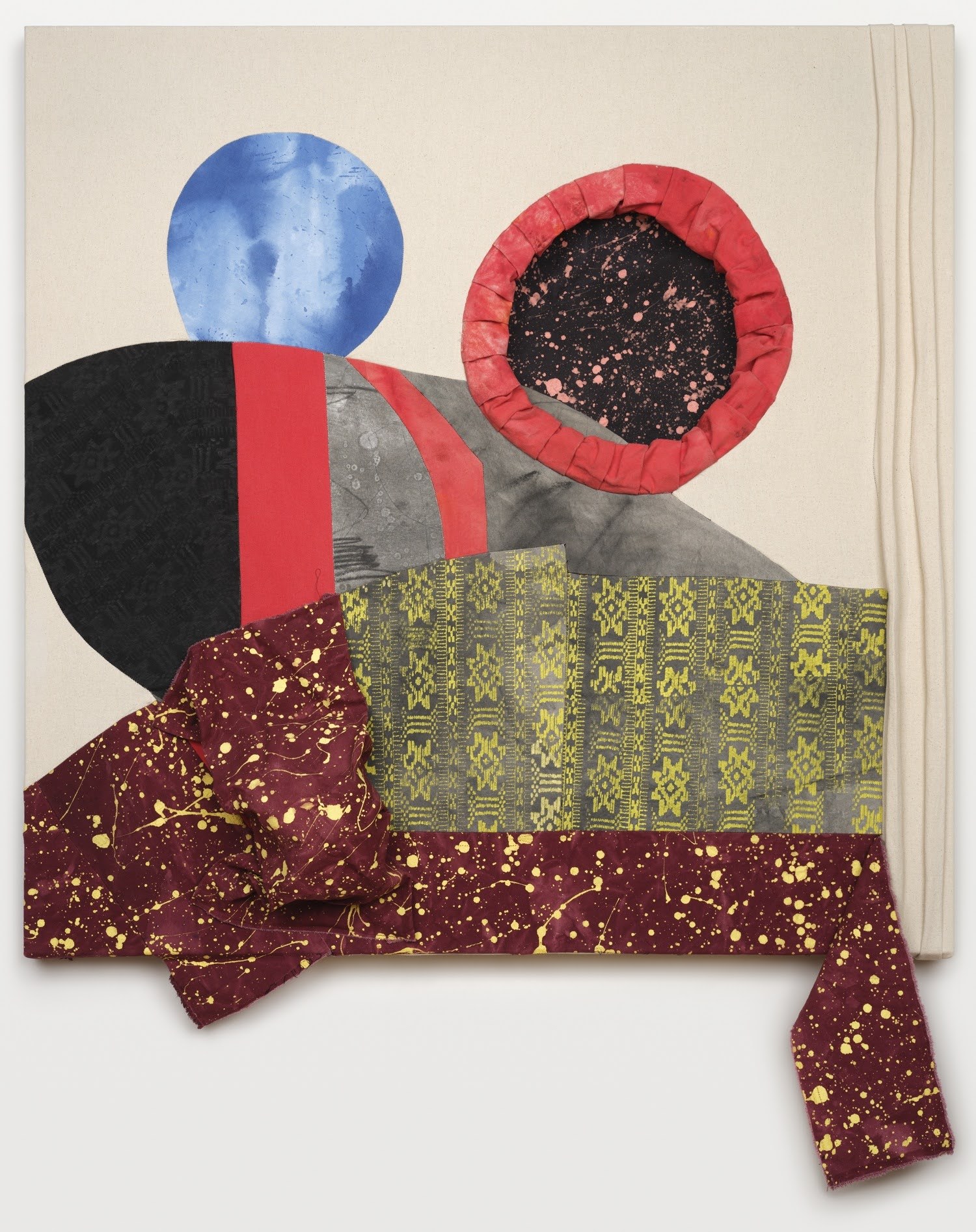
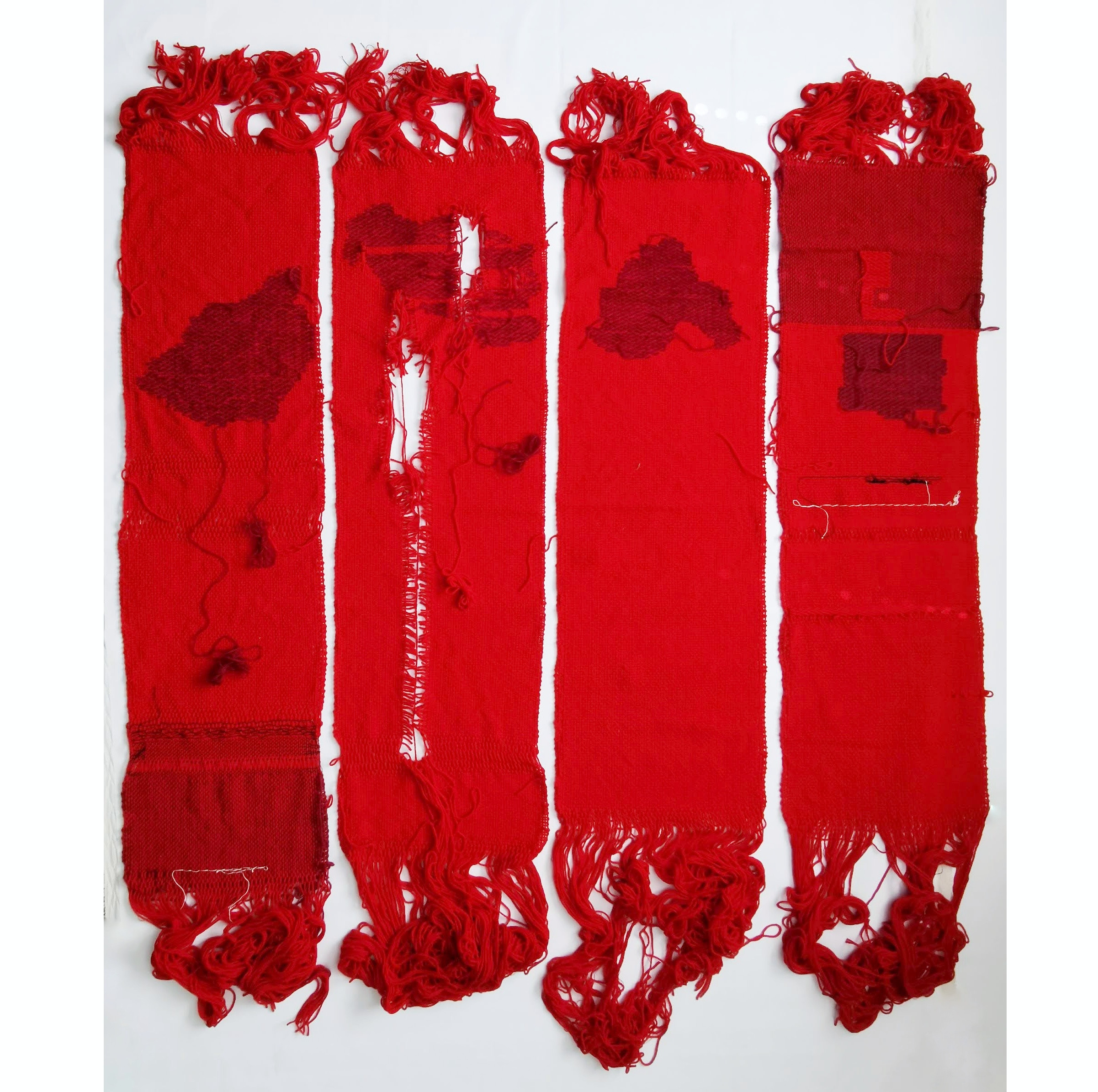
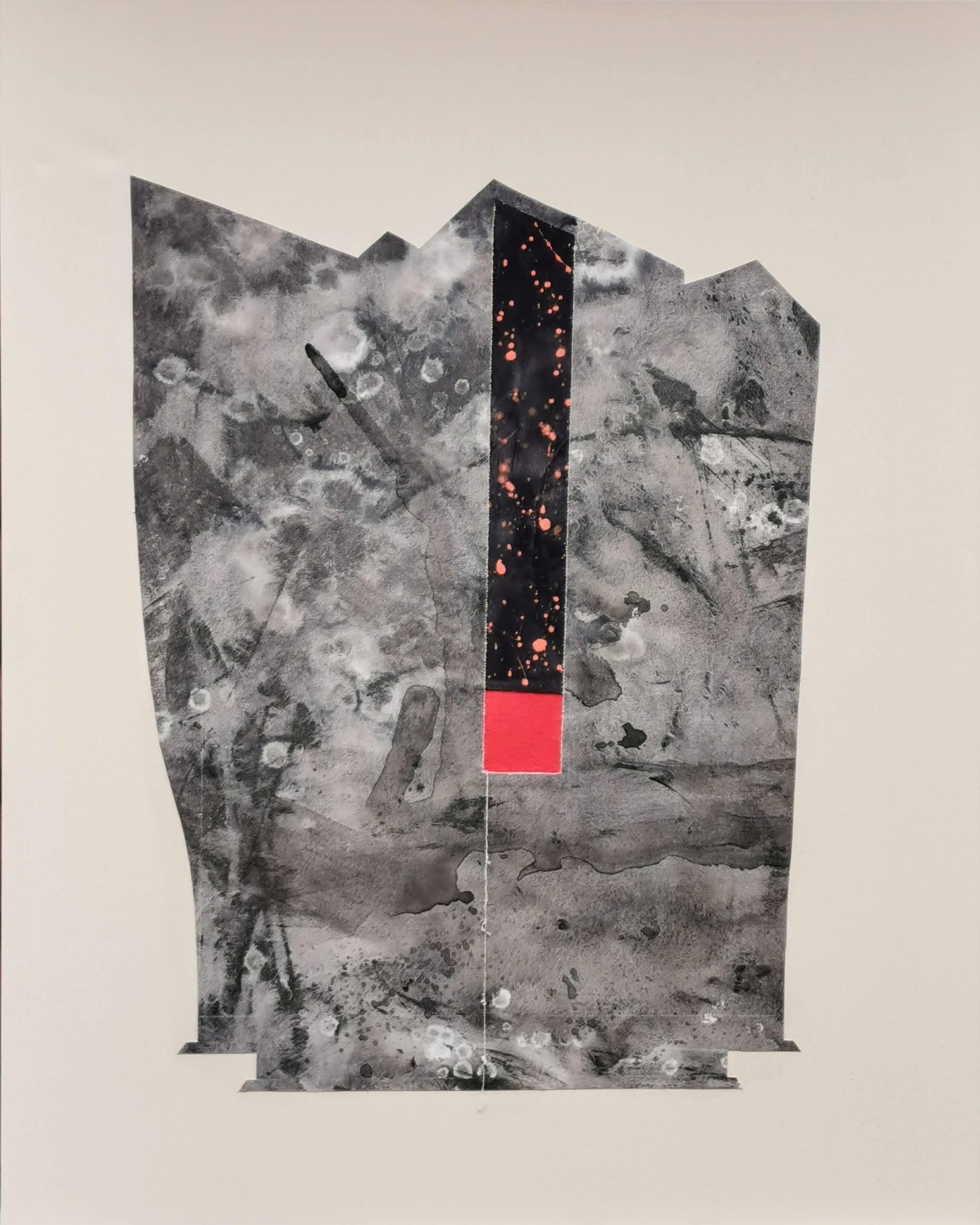
How did you get started as an artist, and was there a specific medium that hooked you in?
Coming from an engineering background, I started my art journey by taking evening classes and workshops from the artists whose work I admired. I took time learning various mediums, including drawing, watercolour, egg tempera, and oil painting and eventually settled on acrylic landscape painting, which I exhibited extensively. During the COVID-19 pandemic, I completed the ECUAD Continuing Studies Painting Certificate program, which sparked my interest in abstract painting and conceptual art.
How does navigating life between Serbia and Canada influence your work?
I constantly grapple with disparate cultural references because I grew up in Serbia (former Yugoslavia) and now live in Canada. Seeing the world from different perspectives is fascinating and insightful. I find the cultural duality to be generative, a source of interesting juxtapositions that can be translated into art.
How did your final pieces emerge for the thesis exhibition?
My MFA research explores how cultural heterogeneity could be expressed in an art form through painting, drawing, collage, screen printing, and fibre art. Fibre art was new to me, and I enjoyed expanding my work to sewn canvas collages, weaving, and embroidered drawing. The main driving force was a search for a semiotic, abstract visual language based on the ideas evocative of a displaced life. Some examples of this symbolism in my pieces are fragmentation, folding, patterning, and structural damage.
How did the flexibility of the low-res MFA program empower you to balance work and life?
The low-residency MFA program allowed me to organize my research and studio time between the online classes and my personal routine, which includes family time and other interests. Although I wish there were more opportunities to spend time with my cohort in person, I was glad that I didn’t have to commute to school daily, and I enjoyed the freedom of working in my own studio space.
While in the program, how do you feel your work has evolved over the years?
While I came to the MFA program with developed art and writing practices and a number of other interests, the graduate studies provided me with a more holistic approach to art research and creation. My art evolved from working on a fragmented collection of seemingly unrelated projects to comprehensive research with a focus on the concept. Every part of my research directly influences other parts and provokes further research.
Visit the “State of Practice” exhibition on Level 1 and the “Fracture Fold Fray” exhibition on Level 2 (MOEC) until July 18.